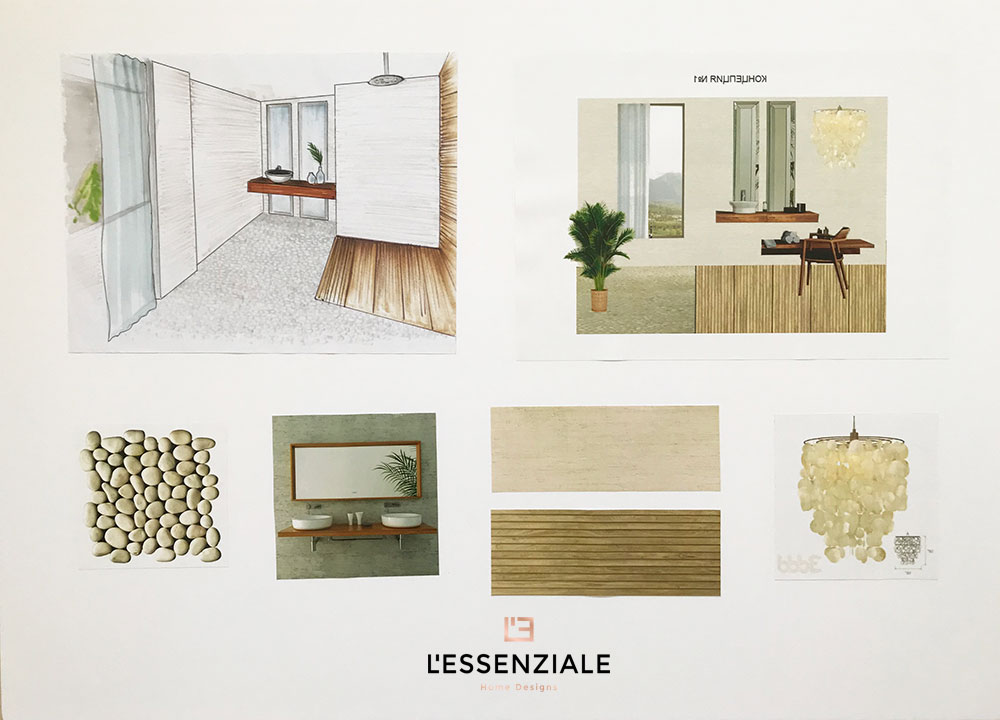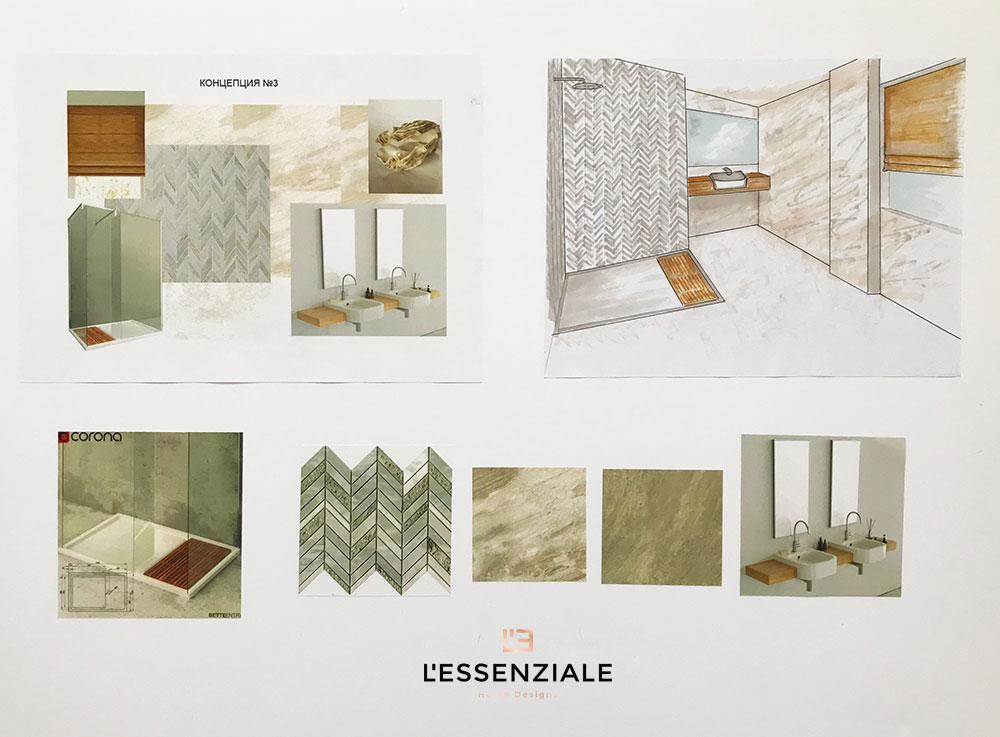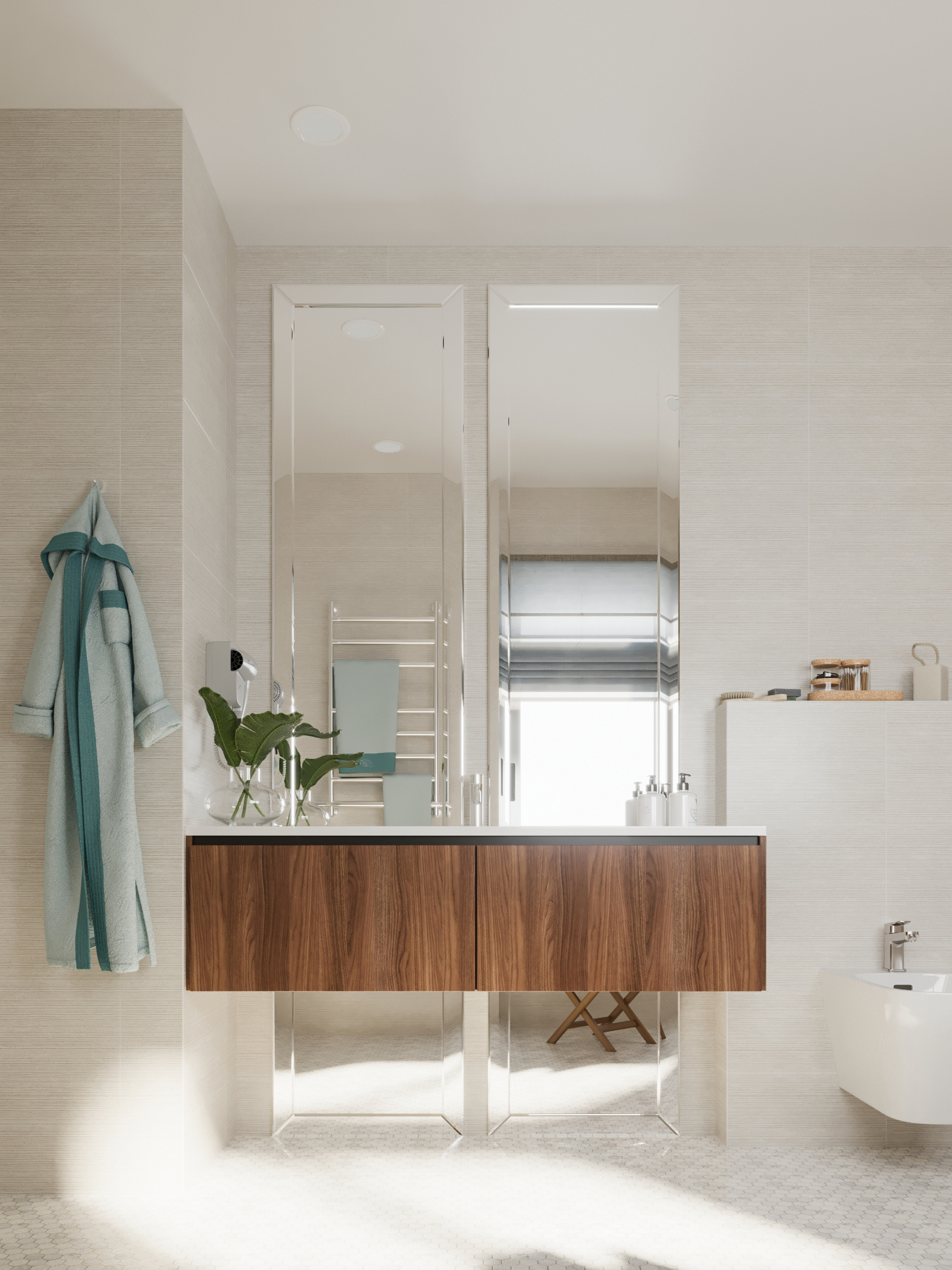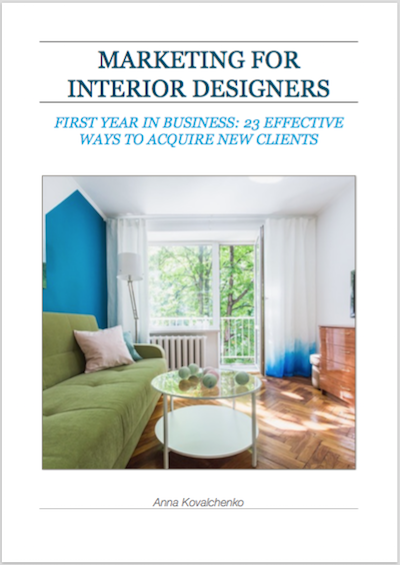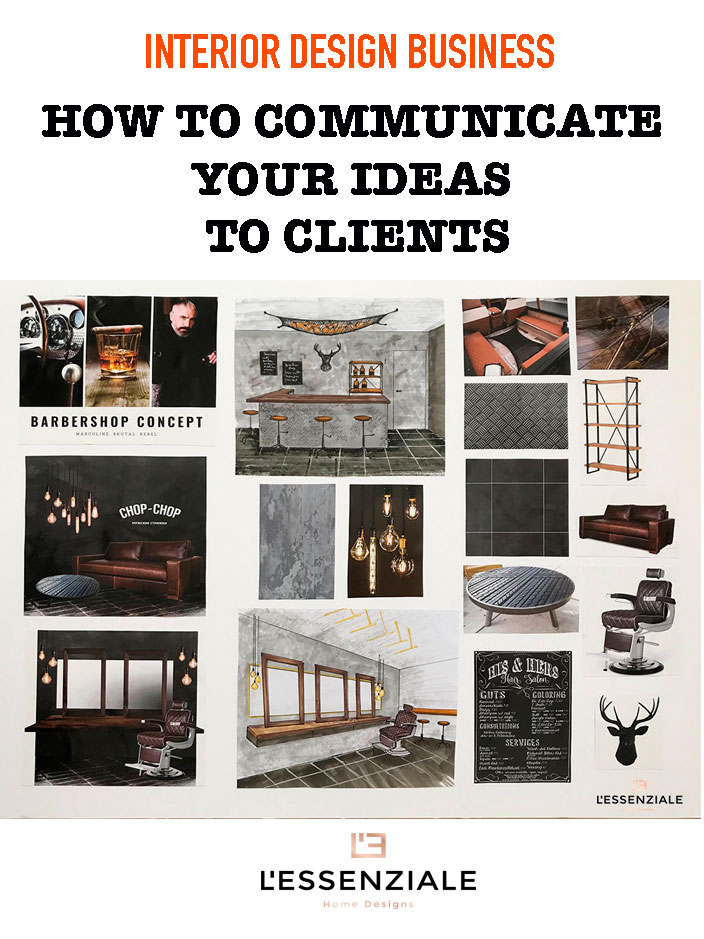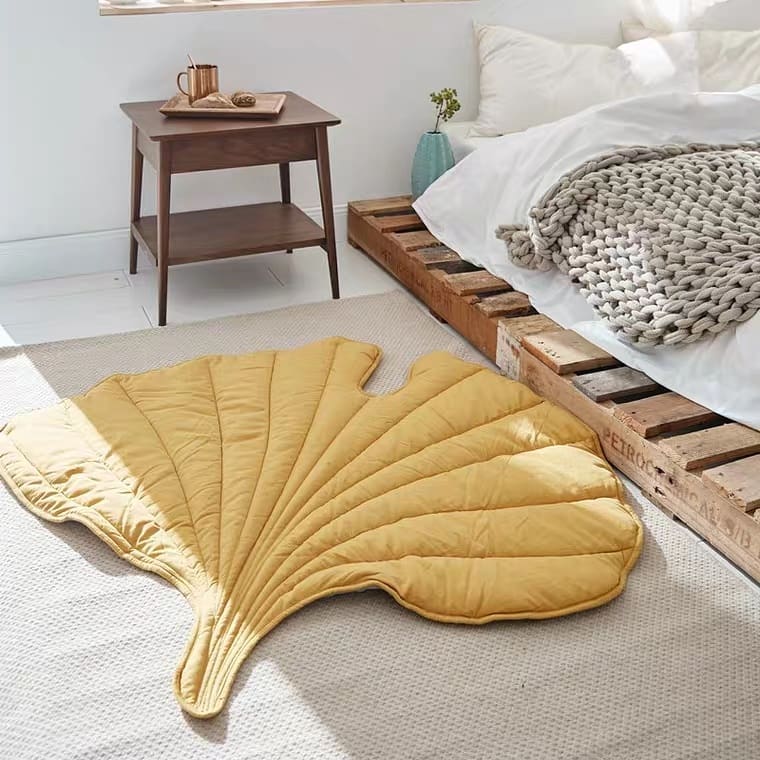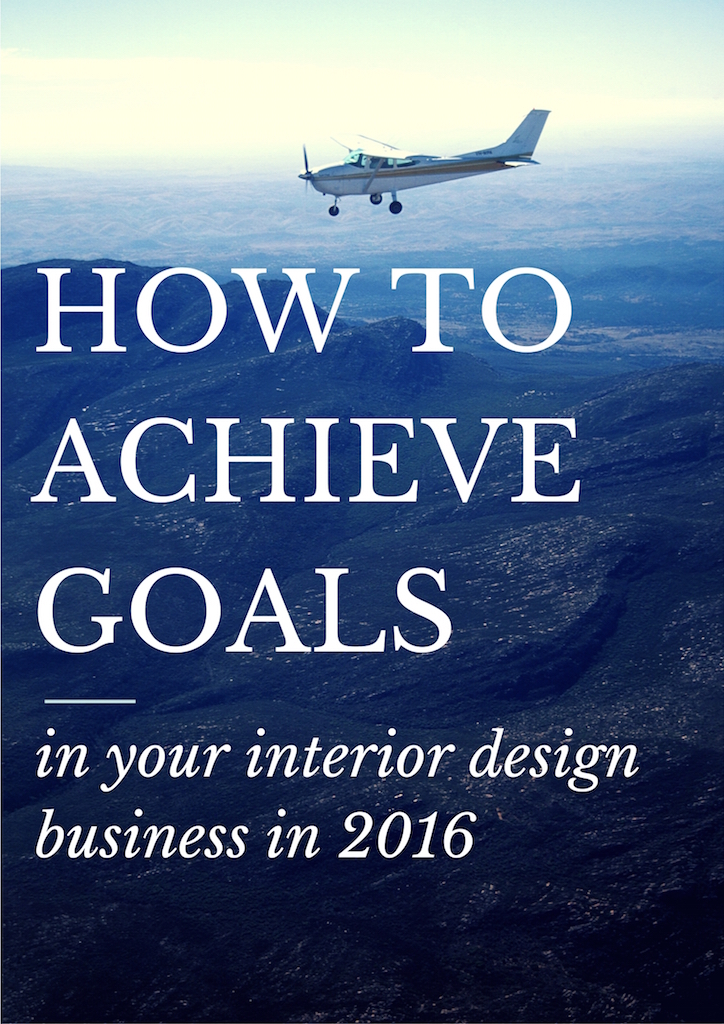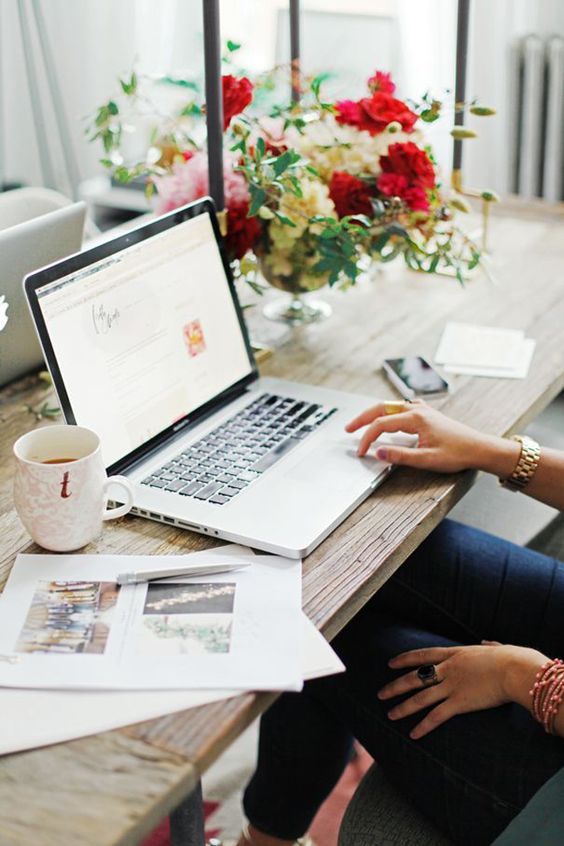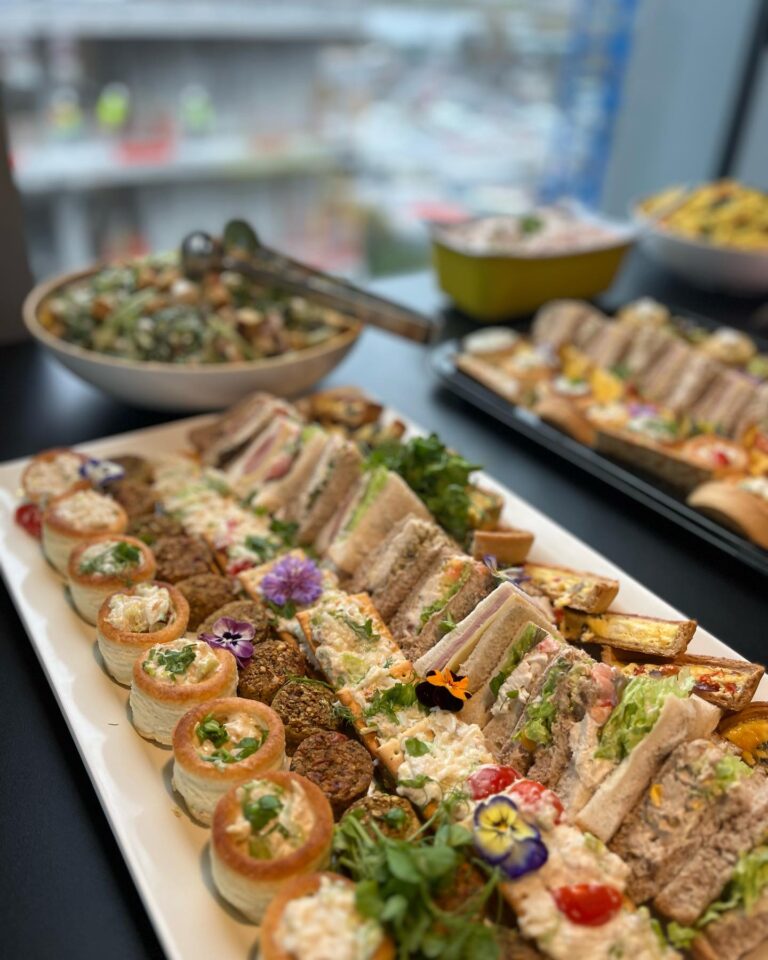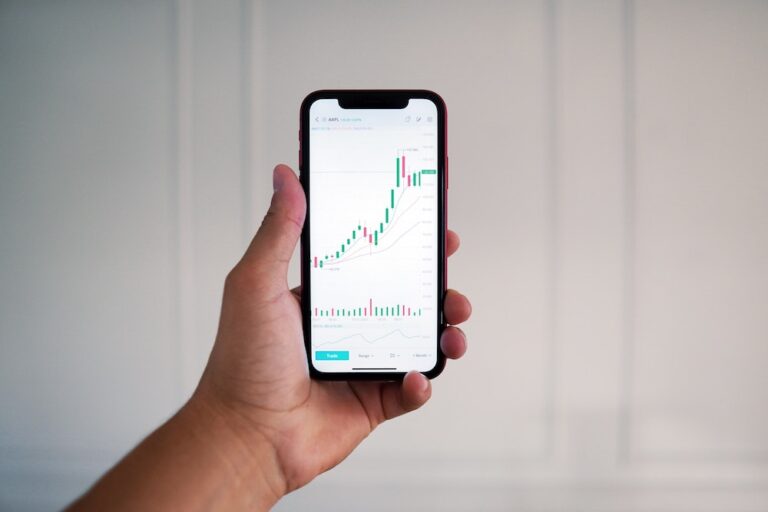Interior Design: How To Communicate Your Ideas To Clients
Being able to communicate your ideas to a client is crucially important, especially at the early stages of the interior design process. On this level, when photorealistic renderings are not done yet, sometimes it is difficult to explain to a client your thinking.
In today’s post, I want to show how I usually prepare my visual presentations.
After we signed the contract, filled up the questionnaire and discussed the project, I prepare to the client the following set of visual tools for my presentation:
- A3 Sized mood boards/concept boards
- Brochures and interior magazines
- Samples of materials and fabrics
Here is, for example, the concept board that I have developed for the Barbershop design. It includes several inspirational images, that are intended to communicate to the client the style, colours, and the theme of the future design. I also put several examples of the furniture and materials, as well as some hand-drawn sketches to show how they will look like in the actual space.
Here is another example of such concept/mood board made for the bathroom remodel. I use Photoshop to make some collages of furniture and materials, along with sketches. It is a great tool to demonstrate to the client the design concept.
Here are another 2 proposals for the same project:
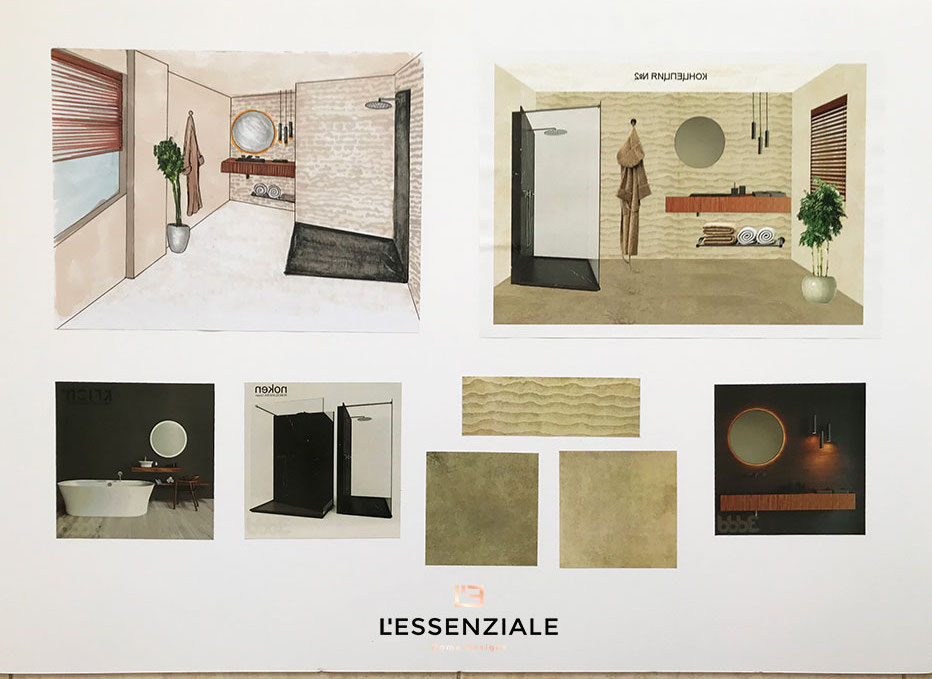
After the concept is confirmed with the client, I move forward and start making photorealistic renderings – they are the final stage of my visual presentation and design project in general. For example, for this bathroom project, we decided to move on with the coastal theme (the 1st board). Here are the photorealistic renderings for the same bathroom:
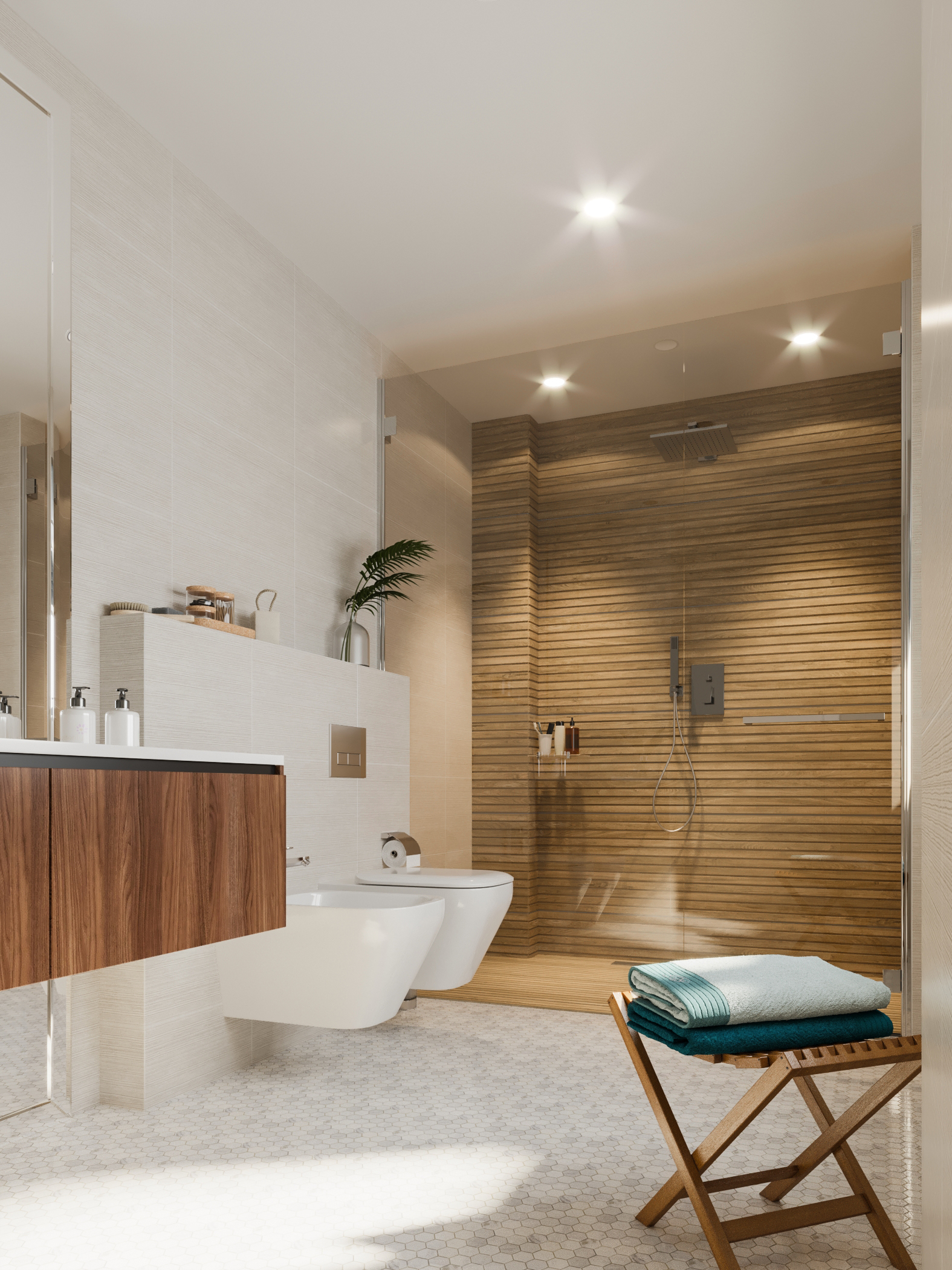
Watch this video on my youtube channel where I explain how I usually present my ideas to the client on the first meeting:
Starting your own interior design business might seem daunting in the beginning. Check out my Marketing for Interior Designers eBook where I share 23 effective tools that will help you to find new clients:
Liked the article? Save for later:


